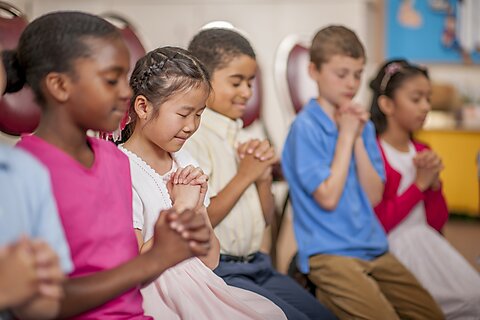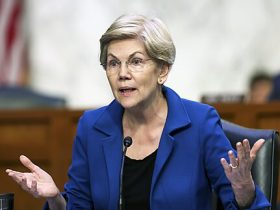Neal McCluskey
I study values in education, and this surprised me: A new Pew survey has found that a majority of Americans—52 percent—favor teacher-led prayer in public schools that specifically mentions Jesus. Fifty-seven percent favor prayer that, less specifically, mentions God.
For a country in which official prayer has been verboten in public schools since the early 1960s, and posting the Ten Commandments seems politically daring, that is an unexpected finding. But maybe it should not be. What we have learned, especially since Donald Trump’s 2024 election victory, is that people holding conservative values might well be a majority.
There are two major lessons for education policy in this, both of which might shock progressives out of their powerful attachment to heavy government control of schooling.
First, it should drive home for progressives what conservatives have long tended to embrace: the need for school choice. Money should follow children to chosen educational arrangements rather than the government collecting tax dollars and sending them to its own schools. If you are not in the political majority in your district or state, you might well have things foisted on your children that you do not think are acceptable. You should not have to leave your tax dollars behind if you want education consistent with your values.
Second, federalism is helpful. As shown in the chart below, support for teacher-led Christian prayer in public schools varies substantially by state, with 81 percent of Mississippians supporting it on the high end and only 32 percent supportive in low-end Vermont. (I don’t count Washington, DC, because the federal government has constitutional authority to dictate terms there if it wants.)
People tend to gravitate to places with folks similar to them; thus, federalism helps more people get the education they want and avoid what they do not. It isn’t nearly as good as family-level choice—you could be a progressive in a conservative Vermont town, for example—but state control is better than the federal government dictating terms for everyone. As, say, California might attest.
Whether conservatives or progressives are the majority, more freedom is best for everyone. That is a message that progressives will perhaps embrace as conservatives gain more power. And it is one they will hopefully hang on to when the political pendulum swings back towards them.
This blog is lightly edited and cross-posted from the author’s Substack.








